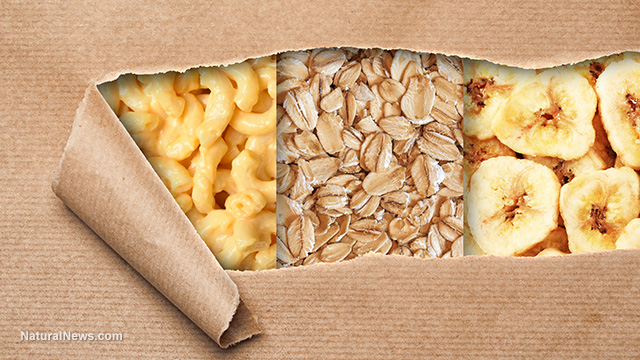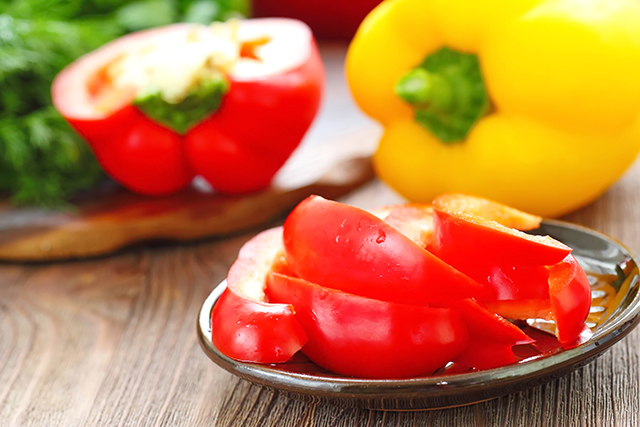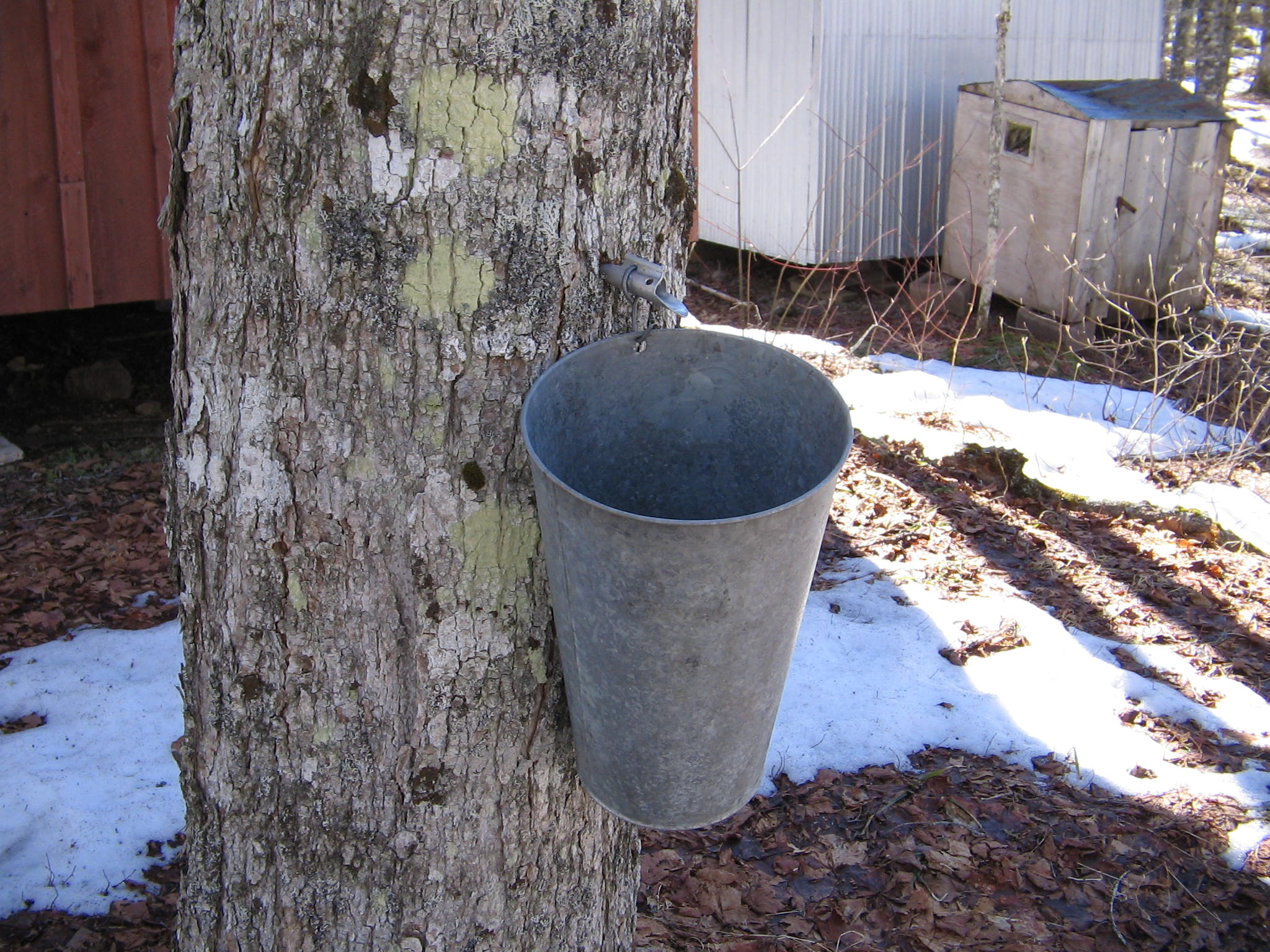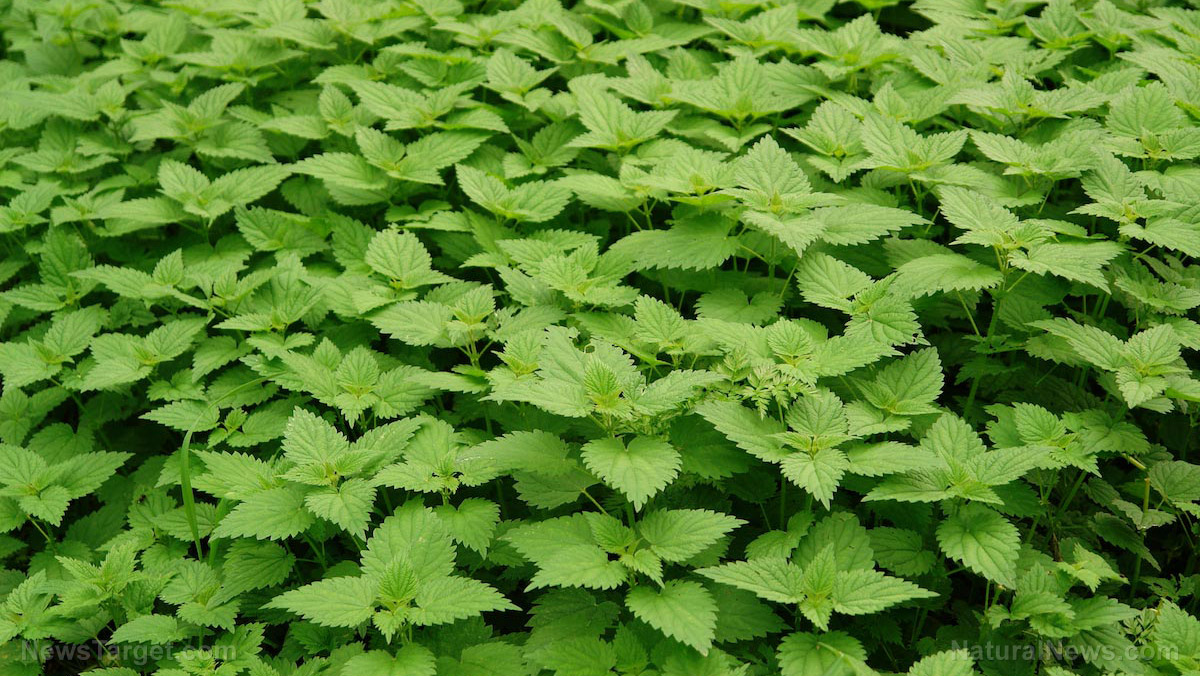A beginner’s guide to growing grains in your own backyard
02/22/2019 / By Mary Miller

Grains are a staple food that are excellent sources of nutrients, including carbohydrates, vitamins, minerals and fibers. You can always buy your own supply of grain, but you can never truly know what kind of toxic pesticides and harmful chemicals could have been used to grow them. Unless you are sure that your grains came from a reliable source, you could be potentially exposing yourself to residues of these harmful substances whenever you eat store-bought grains. Make sure you only eat grains that are free from any harmful chemicals by growing your own supply of grains in your own backyard. (h/t to SHTFPlan.com).
You don’t actually need acres and acres of land to grow your own grains. Even just 1,000 square feet can yield a whole bushel of wheat, which can equate to around 60 pounds of grain. You won’t even need any special equipment to harvest and process your grains. All you need are a simple pair of pruning shears or a hedge trimmer for harvesting, a beating stick for threshing, a small household fan for winnowing, and a good quality blender for milling. (Related: Food Freedom: Learn how to “grow half of your own food” with sustainable, organic methods that can be practiced anywhere.)
Selection of grain varieties
Before anything, you’ll need to consider what kind of grains can grow best in your climate and general area. Some grains are also best grown during certain seasons.
- Wheat. Depending on the time of the year, you can choose to grow either the spring or winter wheat varieties. If you plant the winter wheat variety during the fall season, you can harvest it by springtime. You can then plant the spring wheat variety at the beginning of growing season and harvest it late into summer.
- Rye. Rye has the same growing requirements as the winter variety of wheat, but is a lot more cold-tolerant. It grows well even in poor soil.
- Millet. Millet can be planted during spring or summer. It is another grain that grows well in poor soil, and it can reach maturity within 30 days.
- Rice. To grow rice, you should keep the soil constantly moist. It does have a tough hull, which may make it difficult to process.
How to grow your own grains
- Find a sunny location to grow your grains.
- Till your seedbed to a depth of at least six inches.
- If your soil is poor, spread some compost over the area and till it in.
- If you have a seed spreader, you can use it to sow your seeds. If not, you can distribute them manually.
- Use a hard metal rake to rake the seedbed and mix the seeds with a layer of soil.
- Spread two to four inches of straw over the soil. This can help conserve soil moisture and dissuade hungry birds from eating your seeds.
- Use a sprinkler to soak the area and keep your seedbed moist. This will encourage germination. If you are planting grains during spring, they should have around an inch of water per week. If you are planting during the fall season, the cold weather may preclude the need for additional irrigation. A good indicator of when you need to water your seedbed is a dry top inch of soil.
- Remove any weeds as soon as they sprout.
- Once the grain stalks turn from green to brown, you can begin harvesting them.
Learn more tips on growing your own crops by going to HomeGardeningNews.com.
Sources include:
Tagged Under: DIY, emergency food, food supply, grains, home gardening, homesteading, how-to, off grid, organics, preparedness, prepper, prepping, SHTF, survival, survival food, survivalist, sustainable living, wheat



















